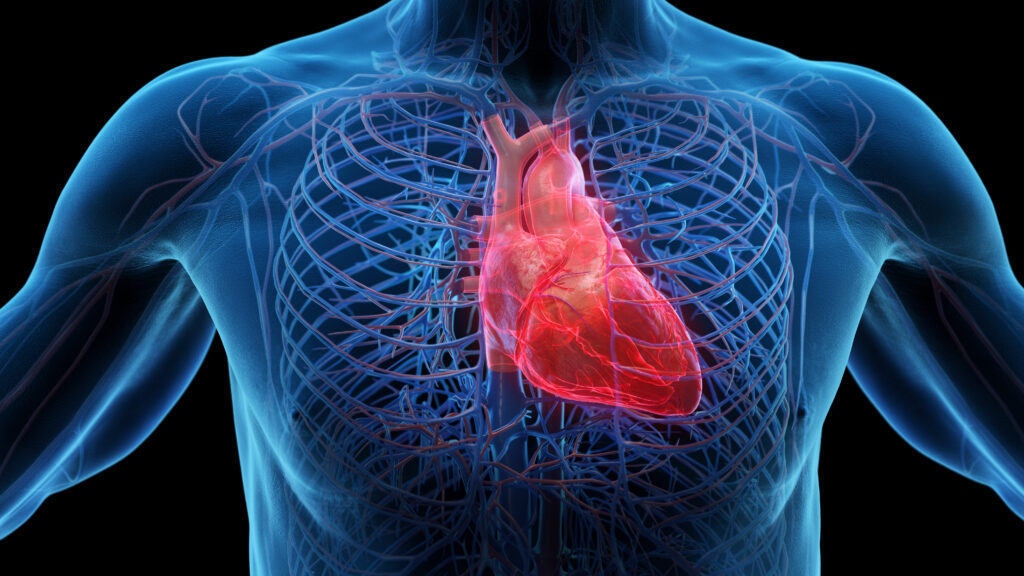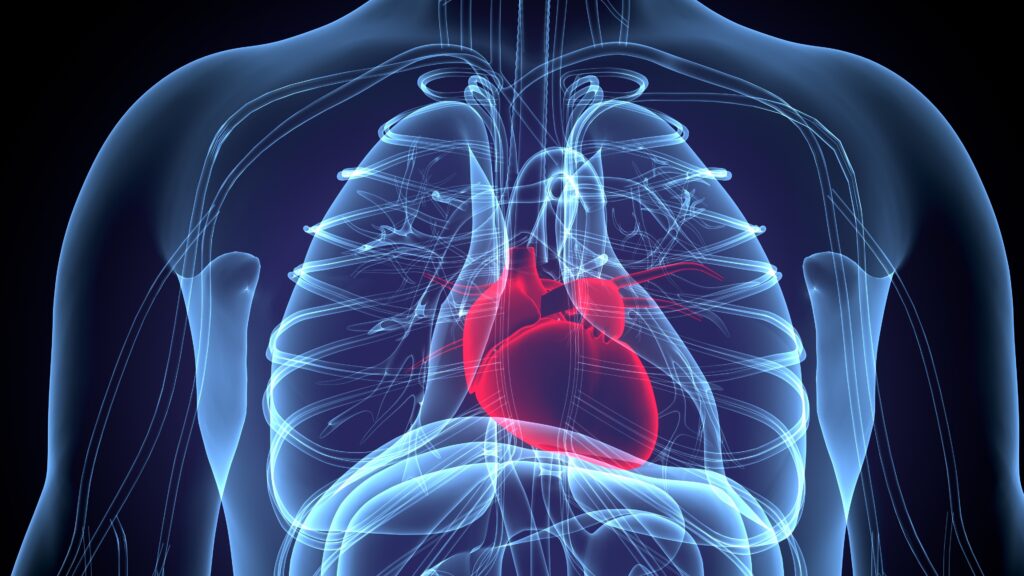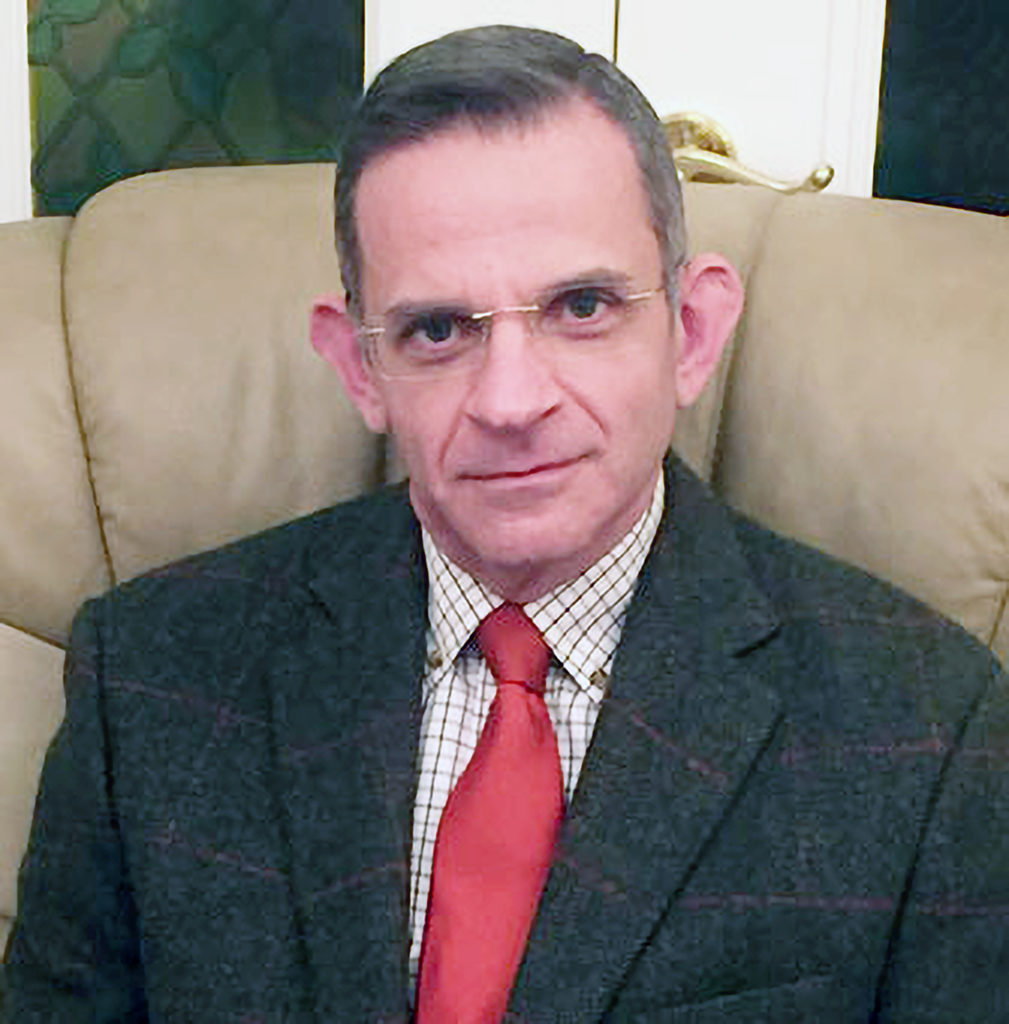Introduction: Device follow up was routinely performed in person pre-March 2020. When the COVID pandemic caused lockdown in the UK this led to new methods of performing the 4-6-week check: utilising remote monitoring and patients sending wound images. We wanted to investigate the patient’s perspective of this experience: comparing traditional follow up vs remote only follow up. We hypothesised that this would have no effect on satisfaction but would show limitations of remote only working in particular patient groups.
Methods: Patients who had a device procedure in the months Jan-April 2020 would be asked to complete a telephone survey, excluding ILR devices. This survey consists in 25 questions, which were divided into 5 parts to define the stages of patient journey: pre implant, post implant on the ward, wound management, one-month post implant appointment and overall satisfaction. Each question is rated from 1 to 5 (negative to positive depending in the question). We will compare the results of in person follow up and remote only follow up.
Results: A total of 222 patients completed the survey, 88 (40%) in the traditional face to face follow up and 134 (60%) in the remote only group.
No difference was seen comparing the sections on pre implant, post implant, wound management and satisfaction of the two groups. For the 134 patients in the 1/12 virtual post implant check group, 92 patients found it very easy to set up their home monitor and 6 patients found it very difficult. Older patients found this slightly more difficult to set up the home monitor, however, patients up to the age of 91 did find this very easy. 60 patients found sending a wound image via email very easy and 60 patients found this very difficult. The age when patients started to struggle more was 71 years old (Fig 1). Of the 134 patients that received remote only follow up a total of £1317.50 was saved not having to pay for travel into clinic. Of these 134 patients 37 would have received free transport. For the 88 patients who visited clinic, £607.50 was spent to travel into clinic, of which 44 received free transport. For the future, 54% of patients would prefer remote only and 46% would prefer in clinic follow up. However, there was no difference in age for these patients.
Discussion: Patients appear to be satisfied with both follow up plans. However, this survey highlighted key limitations for remote only 1/12 follow up. The ability to set up a remote monitor did slightly decrease with age. This will be helped by the majority of patients having remote monitoring set up prior to discharge. The difference between patients who were able to send an email with a photo of the wound site highlights a difference in patients’ technical ability at all ages, with older patients finding this more challenging. Centres wanting to adapt this model of care should be knowledgeable of this and consider other options, such as GP/practice nurse wound assessment, or in clinic follow up for these select patients. This difference would allow services to reduce their footfall into device clinics and financial savings to the patient. Unexpectedly patients were split in their option for future follow up which requires further investigation. Due to the COVID 19 pandemic services are socially distancing across the country. Remote only follow up has its limitations, most importantly being receiving the information from the patients. Services can develop pathways from this data to find out which patients would be best suited to this follow up schedule.















